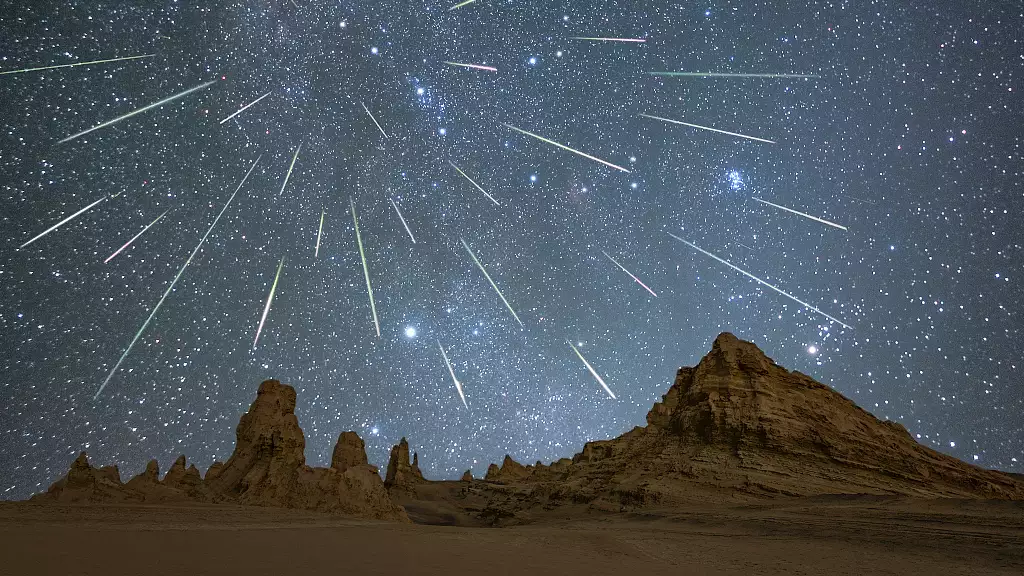The Perseid meteor shower, which started in July has recently peaked.
About Perseid Meteor Shower:
- Origin: The Perseid meteor shower is caused by debris from Comet Swift-Tuttle. Comet Swift-Tuttle orbits the Sun every 133 years, leaving behind a trail of debris.
- Visibility: Best observed in the Northern Hemisphere
About Meteorite Shower:
- Definition: A meteor shower occurs when numerous small particles from space enter Earth’s atmosphere and burn up, producing bright streaks in the sky.
- Meteorites: Larger particles that survive the atmospheric entry and land on Earth are called meteorites.
- Notable Meteor Showers: Besides the Perseids, the Geminids (peaking in mid-December) are another significant meteor shower.
Ref: Source
| UPSC IAS Preparation Resources | |
| Current Affairs Analysis | Topperspedia |
| GS Shots | Simply Explained |
| Daily Flash Cards | Daily Quiz |
Frequently Asked Question:
What causes the Perseid meteor shower?
The Perseid meteor shower is caused by debris from Comet Swift-Tuttle, which leaves behind a trail of debris as it orbits the Sun every 133 years.
When is the best time to observe the Perseid meteor shower?
The Perseid meteor shower is best observed in the Northern Hemisphere.
How are meteor showers formed?
Meteor showers occur when small particles from space enter Earth’s atmosphere and burn up, producing bright streaks in the sky.
What happens to larger particles during a meteor shower?
Larger particles that survive the atmospheric entry and land on Earth are called meteorites.
Besides the Perseids, what is another notable meteor shower?
Aside from the Perseids, the Geminids (peaking in mid-December) are another significant meteor shower to observe.



